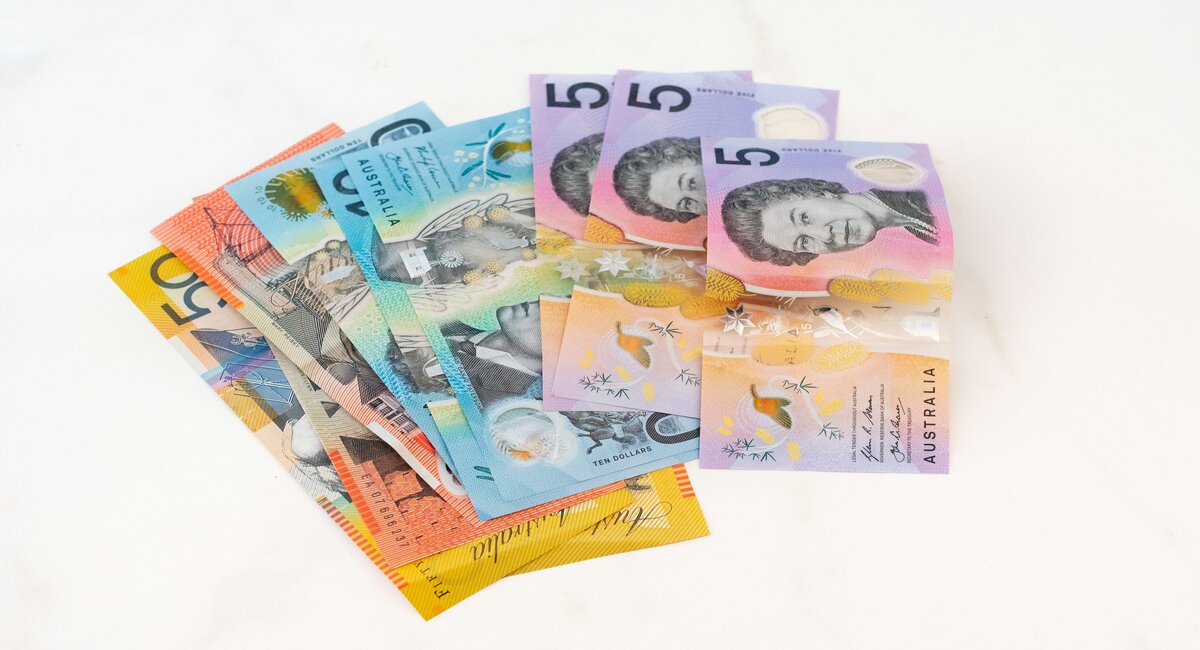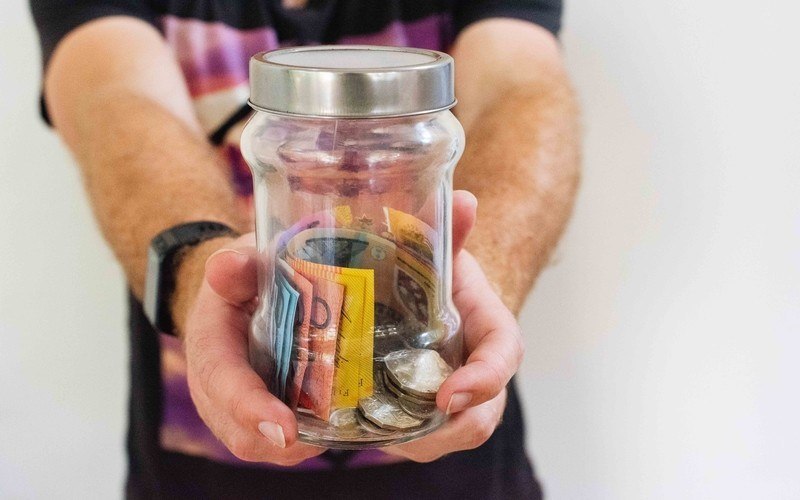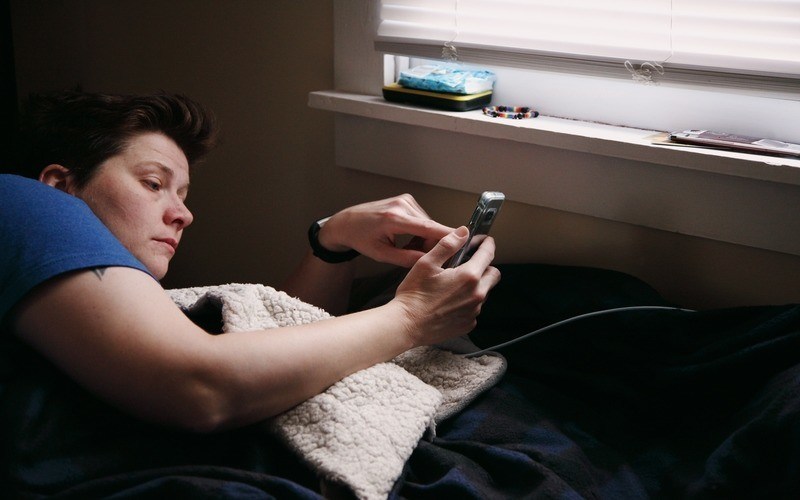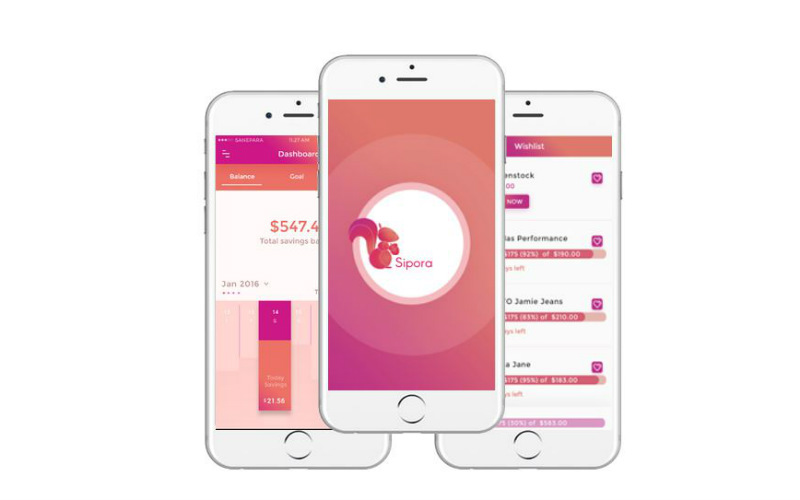The Australian Bureau of Statistics’ latest data reported that Australian retail turnover fell -0.4% in December 2018 in seasonally-adjusted figures.
This follow’s November’s strong rise, which was revised up in this latest data release from 0.4% to 0.5%.
Keep in mind that ‘seasonally-adjusted’ means seasonal influences such as Christmas are removed, so this result doesn’t mean that spending in December was actually less than November.
Retail sales will always be largest in December, but essentially, the underlying direction of consumer spending was down last Christmas.
In wake of the data release, the Australian dollar slipped below 72 US cents this morning.
Much of the fall in spending was driven by less spending on household goods (down -2.8%) and clothing and footwear (-2.4%). Department store sales were down -1.1%.
These falls were partially offset by our appetites, with rises in food retailing (up 0.5%) and spending on cafes, restaurants and takeaway food services (up 1.1%).
December retail spending was down in all bar one of the states and territories, with Western Australia posting a slight increase:
- NSW: -0.6%
- VIC: -0.5%
- QLD: -0.1%
- WA: +0.1%
- SA: -0.3%
- ACT: -1.8%
- TAS: -0.2%
- NT: -0.3%
Customer pullback following high online spending in November
November’s 0.5% increase in retail sales (the largest rise since April) has widely been attributed to the popular Black Friday and Cyber Monday sales in the US which more and more Aussies are partaking in online.
Backing up this view was the fact that online sales made up a record-high 6.6% of the sales over the month.
Yesterday it was revealed NAB’s Online Retail Sales Index contracted -1.4% in December on a seasonally-adjusted basis – a sharp turnaround from November’s 2.9% increase.
NAB Chief Economist Alan Oster said the only other time this index has experienced a fall in December was back in 2016 when it slipped by a much smaller -0.1%.
“Large online sales events such as Black Friday, Cyber Monday, and Vogue shopping night have contributed to a strong result in November, and may have brought forward some Christmas spending to November,” Mr Oster said.
But Mr Oster added that these sales have been around for quite a while, suggesting that the weak December result partly reflects retail sector weakness.
“Low wage growth, high personal debt levels and a weakening housing market – particularly in Sydney and Melbourne – have made consumers reluctant to spend on non-essentials,” he said.
“The Australian economy is still growing, although we revised down our GDP growth forecasts somewhat last month, as wealth effects of lower house prices and slower housing construction bear more on the outlook. We now no longer expect any movement in the cash rate until the second half of 2020.”
For feedback or queries, email dominic.beattie@savings.com.au



 Brooke Cooper
Brooke Cooper
 Harry O'Sullivan
Harry O'Sullivan

 William Jolly
William Jolly


